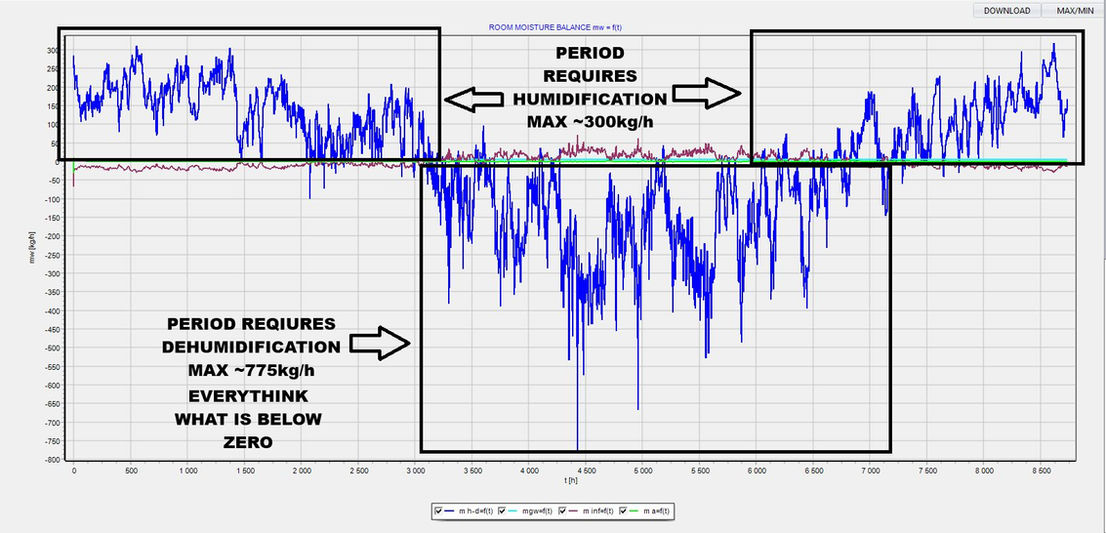100+100≠200 - Summation of Noise Sources.
- Piotr Przybycin

- Oct 7, 2023
- 2 min read
Updated: Oct 18, 2023
If we have multiple sources of noise and want to determine their combined level, we cannot simply add them linearly because we are adding the logarithms of the numbers. For example, if we have 2 identical noise sources with an acoustic power level of 100 dB(A) each (e.g., 2 pumps next to each other), their combined noise level will not be 200 dB(A), which I believe is obvious to everyone.
To calculate arithmetically, we would first need to convert the levels to absolute numbers, then add them together linearly, and finally calculate the decimal logarithm again. Of course, we would be dealing with numbers of the order of 10 with 93 additional zeros, so these would be quite inconvenient numbers. If you're unsure about what I'm talking about, I invite you to read the article in which I explained this: 'Acoustics in HVAC - What You Need to Know About Noise.'
In the IX-CHART program, there is a dedicated tool that will greatly simplify this for us, namely the Acoustic Calculator (KOA), which can be found here:

After clicking, we enter our 2 sources (presumably next to each other) and click calculate. We receive a result of 103 dB

So, as you can see, the noise has increased by 'only' 3 dB. However, what if we have 2 noise sources (or more) that are not located next to each other, and we would like to calculate the noise level at a specific point in space? This is a fairly common question from architects to HVAC designers, as well as from environmental decision-makers. Let's assume a situation like the one in the diagram below:

To calculate such a case, we need to use two tools in the IX-CHART program. I assume that we are dealing with noise sources in an open space, hence the directivity factor 'Q' = 1, but I encourage you to experiment with different coefficients and see how it affects the final result. First, we calculate the sound pressure level for the first source:

"Result Lp(A)2 = 69 dB(A)
Next, we perform similar calculations for the second noise source:"

Result Lp(A)2 = 73 dB(A) Next, we proceed to the tool for summing the sources and add them together:

And there we have it. The total noise level at our point will be 74.5 dB(A).
Probably in future updates of IX-CHART, there will be a feature that simplifies such calculations, so you won't have to switch between different tools. But for now, if someone has this type of issue, they can successfully handle it. :)
And that's about it. If this article has contributed positively to your development and you want the website where I share my knowledge to continue growing, please give it a thumbs up, leave a comment, or share it. And, of course, you can help both me and yourself by purchasing a license or you can buy me a coffee. :)



















Comments